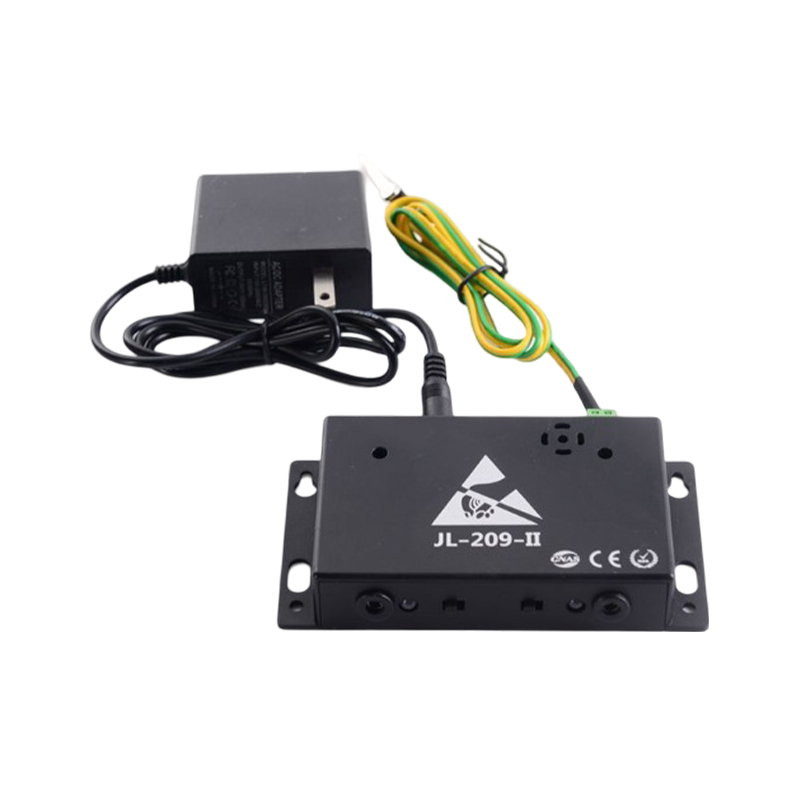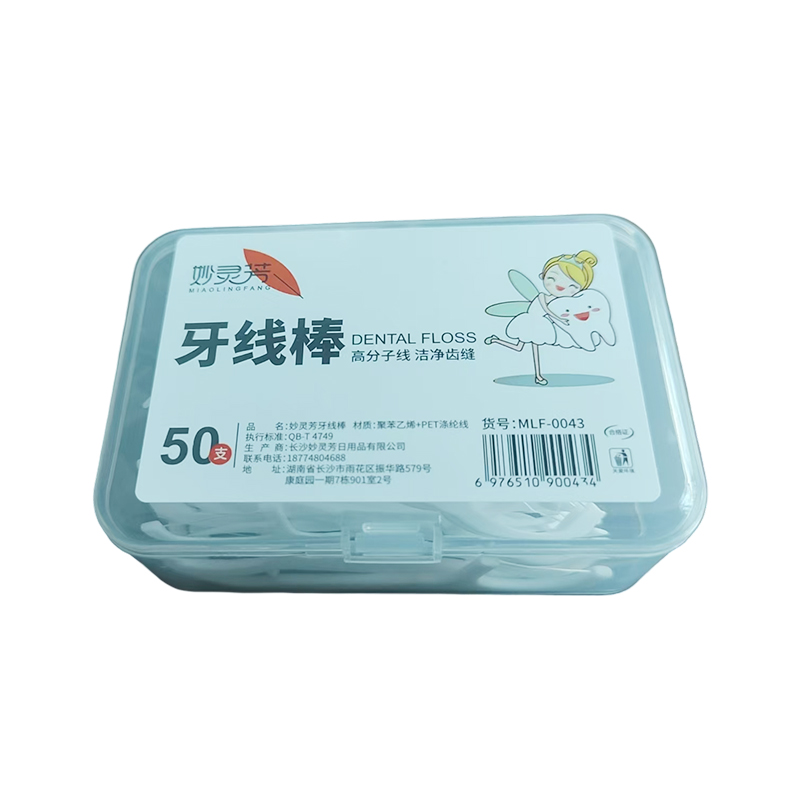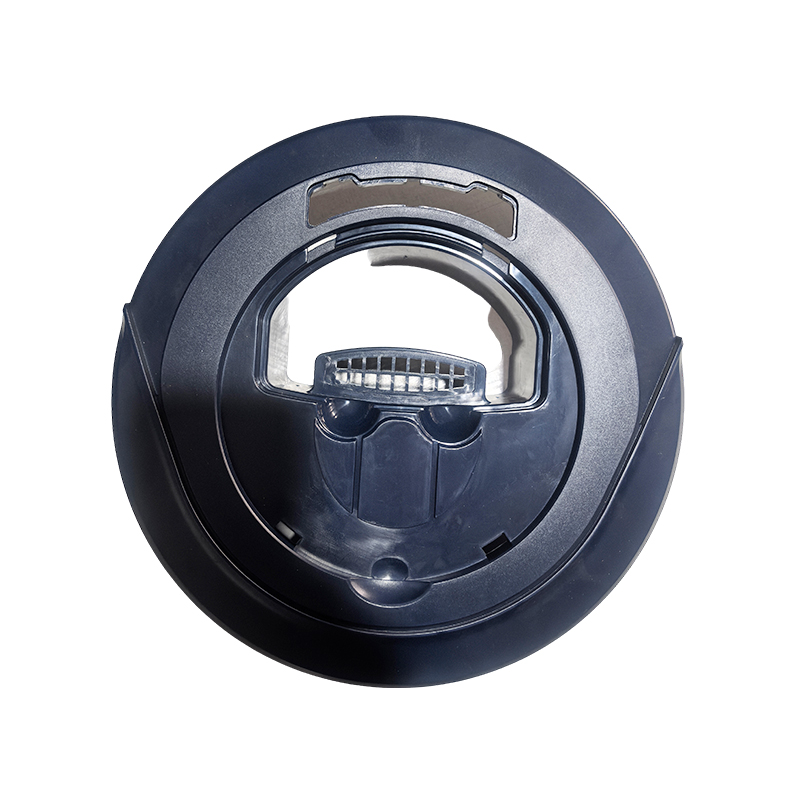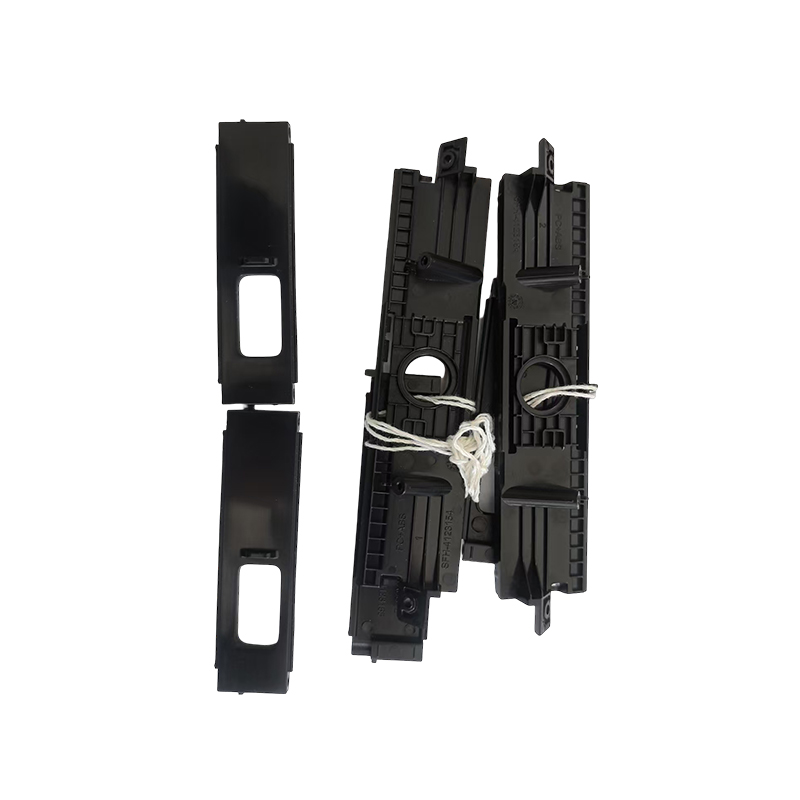How to ensure the durability of auto parts in extreme environments?
Release Time : 2025-07-30
Ensuring the durability of auto parts in extreme environments is a critical issue in modern automotive engineering. With the automotive industry's continuous pursuit of lightweighting, fuel efficiency, and environmental performance, plastic materials are increasingly used in automotive manufacturing. However, these materials must maintain their structural integrity and functionality under a variety of harsh environments. By selecting appropriate materials, optimizing designs, and employing advanced manufacturing processes, the durability of auto parts can be effectively improved.
First, material selection is crucial. Different plastics have varying physical and chemical properties, and therefore behave differently when exposed to extreme conditions such as high and low temperatures, UV exposure, and chemical corrosion. For example, at high temperatures, certain high-performance plastics such as polyamide (PA) and polycarbonate (PC) maintain excellent mechanical strength and dimensional stability without softening or deforming. At low temperatures, some modified polypropylene (PP) exhibits excellent impact resistance and is less susceptible to brittle cracking. Furthermore, the addition of functional additives such as antioxidants, UV stabilizers, and flame retardants can further enhance the weathering and fire resistance of plastic materials, ensuring their long-term reliability in harsh environments.
Secondly, design optimization is also a key factor in improving the durability of plastic parts. Reasonable structural design not only reduces stress concentration points but also effectively distributes external loads, preventing damage caused by localized overload. For example, when designing plastic bumpers, reinforcing ribs and rounded corner transitions are often employed to increase structural rigidity and avoid stress concentration. Furthermore, for components that experience frequent movement or repeated loads, such as door trim panels or seat adjustments, designers pay particular attention to the fatigue life of the material. Simulation testing and computer-aided engineering (CAE) analysis are used to optimize the design and ensure stable operation throughout the product's service life.
Furthermore, the application of surface treatment technology is also crucial. To protect against environmental factors, many auto parts undergo specialized surface treatment processes. For example, applying a wear-resistant coating can significantly increase the hardness and wear resistance of the plastic surface, extending its service life. Electroplating or spraying a metal layer not only enhances the appearance and texture but also provides a certain degree of corrosion resistance. Furthermore, components exposed to strong sunlight, such as roof racks or exterior mirror housings, are often coated with UV-resistant coatings to slow the aging process and prevent color fading and surface cracking.
Advances in manufacturing processes have also significantly contributed to the durability of plastic parts. Precision injection molding technology enables the molding of complex shapes in a single pass, reducing subsequent processing steps and ensuring dimensional accuracy and surface quality. Furthermore, advanced mold design and temperature control systems ensure uniform cooling of the plastic during the injection molding process, reducing internal stress and improving the mechanical properties of the finished product. Furthermore, the recently emerging micro-foaming injection molding technology, by introducing tiny bubbles into the plastic matrix, not only reduces part weight but also improves the material's sound absorption and thermal insulation properties, providing a more comfortable driving experience.
In addition to these technological and process-related efforts, stringent quality control measures are essential to ensuring the durability of auto parts. Rigorous quality inspections are performed at every step of the production process, from raw material procurement to production, to ensure that every batch of products meets established standards. For example, before raw materials enter storage, their physical properties need to be thoroughly evaluated. During the production process, changes in various process parameters are monitored in real time to promptly identify and resolve potential problems. Before the finished product leaves the factory, it undergoes a series of rigorous tests, including but not limited to weathering tests, mechanical property tests, and environmental simulation experiments, to verify the product's reliability and stability under actual use conditions.
Finally, considering the maintenance needs throughout the vehicle's lifecycle, manufacturers also need to provide users with detailed user guides and technical support. For example, it is recommended to regularly clean the surface of plastic parts and avoid using cleaners containing strong acids and alkalis. For areas susceptible to contamination, appropriate protective measures such as film or sheathing can be implemented. When minor damage is discovered, plastic parts should be repaired promptly rather than replaced, which saves costs and extends the overall service life.
In short, ensuring the durability of auto parts in extreme environments is a multifaceted and comprehensive task, requiring the integrated application of various advanced technologies and management methods from multiple perspectives, ranging from materials science, engineering design, manufacturing processes, to after-sales service. Only in this way can the long-term durability of plastic parts in complex and changing real-world environments be truly achieved, providing users with a safer and more reliable driving experience. In the future, with the continuous emergence of new materials and technologies, I believe we will make more breakthroughs in this field and drive the entire automotive industry to a higher level of development.
First, material selection is crucial. Different plastics have varying physical and chemical properties, and therefore behave differently when exposed to extreme conditions such as high and low temperatures, UV exposure, and chemical corrosion. For example, at high temperatures, certain high-performance plastics such as polyamide (PA) and polycarbonate (PC) maintain excellent mechanical strength and dimensional stability without softening or deforming. At low temperatures, some modified polypropylene (PP) exhibits excellent impact resistance and is less susceptible to brittle cracking. Furthermore, the addition of functional additives such as antioxidants, UV stabilizers, and flame retardants can further enhance the weathering and fire resistance of plastic materials, ensuring their long-term reliability in harsh environments.
Secondly, design optimization is also a key factor in improving the durability of plastic parts. Reasonable structural design not only reduces stress concentration points but also effectively distributes external loads, preventing damage caused by localized overload. For example, when designing plastic bumpers, reinforcing ribs and rounded corner transitions are often employed to increase structural rigidity and avoid stress concentration. Furthermore, for components that experience frequent movement or repeated loads, such as door trim panels or seat adjustments, designers pay particular attention to the fatigue life of the material. Simulation testing and computer-aided engineering (CAE) analysis are used to optimize the design and ensure stable operation throughout the product's service life.
Furthermore, the application of surface treatment technology is also crucial. To protect against environmental factors, many auto parts undergo specialized surface treatment processes. For example, applying a wear-resistant coating can significantly increase the hardness and wear resistance of the plastic surface, extending its service life. Electroplating or spraying a metal layer not only enhances the appearance and texture but also provides a certain degree of corrosion resistance. Furthermore, components exposed to strong sunlight, such as roof racks or exterior mirror housings, are often coated with UV-resistant coatings to slow the aging process and prevent color fading and surface cracking.
Advances in manufacturing processes have also significantly contributed to the durability of plastic parts. Precision injection molding technology enables the molding of complex shapes in a single pass, reducing subsequent processing steps and ensuring dimensional accuracy and surface quality. Furthermore, advanced mold design and temperature control systems ensure uniform cooling of the plastic during the injection molding process, reducing internal stress and improving the mechanical properties of the finished product. Furthermore, the recently emerging micro-foaming injection molding technology, by introducing tiny bubbles into the plastic matrix, not only reduces part weight but also improves the material's sound absorption and thermal insulation properties, providing a more comfortable driving experience.
In addition to these technological and process-related efforts, stringent quality control measures are essential to ensuring the durability of auto parts. Rigorous quality inspections are performed at every step of the production process, from raw material procurement to production, to ensure that every batch of products meets established standards. For example, before raw materials enter storage, their physical properties need to be thoroughly evaluated. During the production process, changes in various process parameters are monitored in real time to promptly identify and resolve potential problems. Before the finished product leaves the factory, it undergoes a series of rigorous tests, including but not limited to weathering tests, mechanical property tests, and environmental simulation experiments, to verify the product's reliability and stability under actual use conditions.
Finally, considering the maintenance needs throughout the vehicle's lifecycle, manufacturers also need to provide users with detailed user guides and technical support. For example, it is recommended to regularly clean the surface of plastic parts and avoid using cleaners containing strong acids and alkalis. For areas susceptible to contamination, appropriate protective measures such as film or sheathing can be implemented. When minor damage is discovered, plastic parts should be repaired promptly rather than replaced, which saves costs and extends the overall service life.
In short, ensuring the durability of auto parts in extreme environments is a multifaceted and comprehensive task, requiring the integrated application of various advanced technologies and management methods from multiple perspectives, ranging from materials science, engineering design, manufacturing processes, to after-sales service. Only in this way can the long-term durability of plastic parts in complex and changing real-world environments be truly achieved, providing users with a safer and more reliable driving experience. In the future, with the continuous emergence of new materials and technologies, I believe we will make more breakthroughs in this field and drive the entire automotive industry to a higher level of development.







